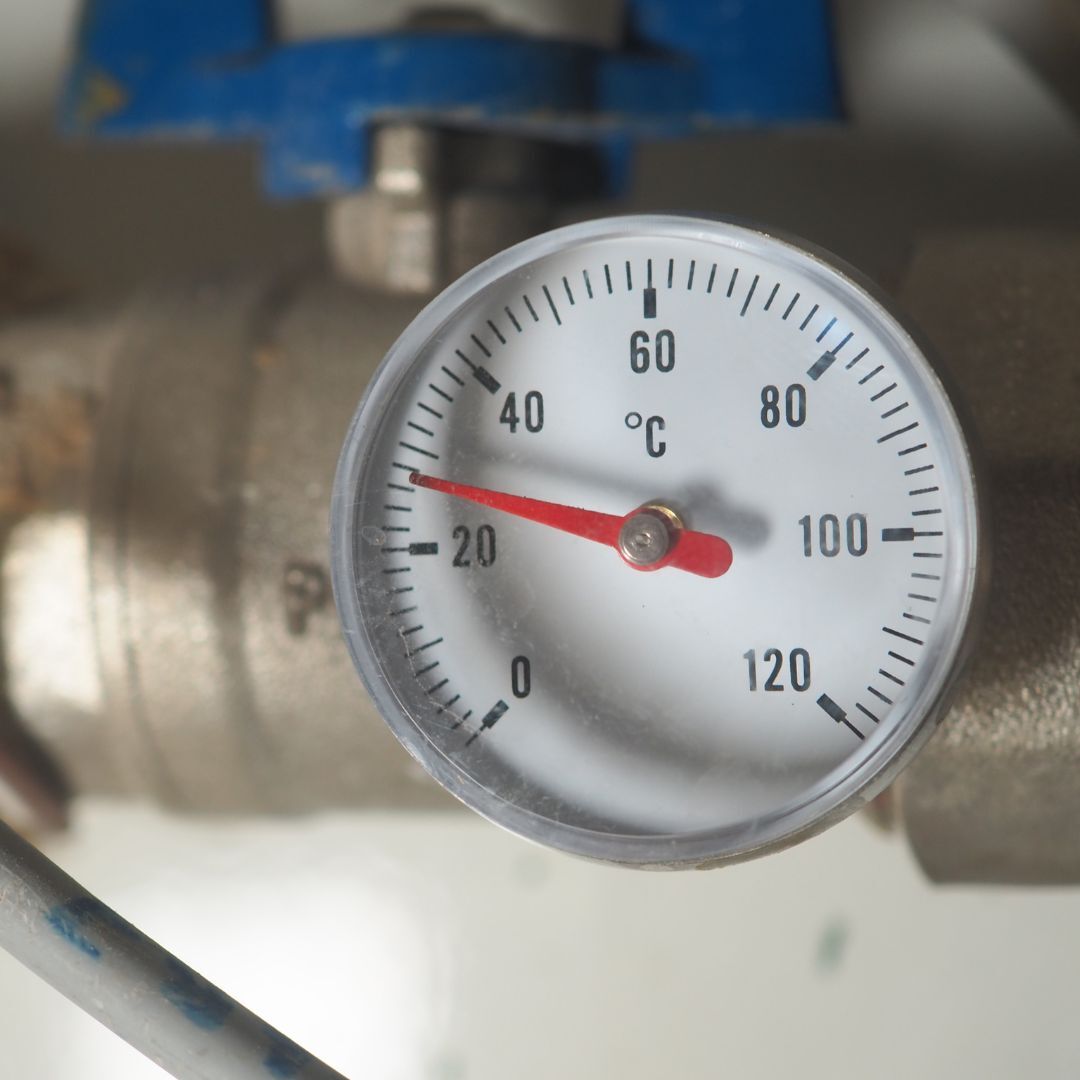Posted by Electric Solenoid Valves on Oct 15th 2025
Brass vs Stainless Electric Ball Valves
|
Quick disclaimer (read me first): We can share general info, but we don’t provide chemical compatibility consulting and can’t guarantee a perfect material match for your exact setup. Please double-check with a qualified professional. You can also check our Chemical & Material Compatibility Database for a quick reference. |
What changes when you change the body material?
- Corrosion resistance. Stainless (304/316) handles harsher media and washes down better than brass; 316 is preferred in chloride-rich environments (salt/brine).
- Cleanliness & compliance. Electric Solenoid Valves’ stainless electric ball valves use a lead-free 304 SS body, EPDM seals, and PTFE seats. Product pages note suitability for potable-water applications; always confirm project-specific certifications and requirements.
- Weight and cost. Brass is lighter and has a lower upfront cost; stainless is more expensive but resists corrosion in harsher environments.
- Actuator impact. As differential pressure (ΔP) and viscosity increase, required torque rises; confirm the actuator can reliably seat and unseat the valve.
Pressure & temperature
Elecronic Solenoid Valve’s XR-series electric ball valves—both brass and stainless—carry the same pressure rating of 0–185 PSI (no minimum) and a temperature range of 35–200 °F (seat/seal dependent). For best results, choose the body material by media and corrosion resistance first,then verify actuator sizing for your worst-case differential pressure (ΔP) and viscosity to ensure reliable seat/unseat torque.

Quick picks by application
| Application / Environment |
Choose |
Why |
|
Building water, air, glycol/HVAC |
Brass (LF if potable requirements apply) |
Cost-effective for utilities; compatible seals available. |
|
Food/bev washdown, light chemicals |
Stainless (304) |
Better corrosion resistance; easy to clean. |
|
Saltwater, brine, chlorides |
Stainless (316) |
Improved pitting resistance vs brass/304. |
|
Oils/solvents (non-chlorinated) |
Stainless (304/316) |
Wider chemical window (confirm seal compatibility). |
|
Budget-sensitive, mild indoor use |
Brass |
Lower upfront cost; easy to service/replace. |
| Always confirm media compatibility for PTFE + Viton/FKM (brass) or PTFE + EPDM (stainless) with your exact fluid and temperature. Use the database linked above. |
Material vs performance: comparison table
|
Factor |
Brass (XR series) |
Stainless 304 (XR series) |
|
Seats / Seals |
PTFE seat, Viton/FKM seal |
PTFE seat, EPDM seal |
|
Working Pressure |
0–185 PSI (no min.) |
0–185 PSI (no min.) |
|
Temperature |
35–200 °F (seat/seal-driven) |
35–200 °F (seat/seal-driven) |
|
Corrosion & environment |
Good in mild media; avoid chloride-rich exposure |
Higher corrosion resistance; 304 for washdown; use 316 for brine/salt |
|
Cost (typical) |
Lower |
Higher |
Electric actuator notes (what still matters besides body)
- Torque & sizing: Match actuator output torque to the valve’s required torque at your maximum ΔP and worst-case temperature/viscosity to ensure reliable seating and unseating.
- Duty cycle: XR actuators are rated 100% duty. Keep a ~60 s minimum energized time so the internal capacitor fully recharges for auto-return.
- Voltage & control options: Universal input 9–24 VAC/DC or 110–230 VAC with auto-detect. Available in 2-wire auto-return (XR22) and 3-wire control (XR33) configurations.
- Ingress protection: IP67 / NEMA 4 equivalent for outdoor use when installed with proper seals, cable glands, and orientation.
Where to go next
Prefer help? Tell us your media, min/max pressure and temperature, and line size—we’ll recommend the right material, seat/seal, and actuator torque (final compatibility remains the end user’s responsibility). For chemistry checks, start with our compatibility reference.
Frequently Asked
Is brass safe for drinking water?
Use lead-free (LF) brass where potable standards apply, or choose stainless. Always verify project-specific codes and certifications.
Will stainless last longer than brass?
In harsher or chloride-rich environments, stainless typically offers better long-term corrosion resistance. In mild indoor service, brass is often sufficient and more cost-effective.
Do you offer chemical compatibility consulting?
No. We provide general guidance only and do not offer compatibility consulting or guarantees. Please confirm materials with your installer or a compatibility expert. For quick checks, use our Chemical & Material Compatibility Database.

